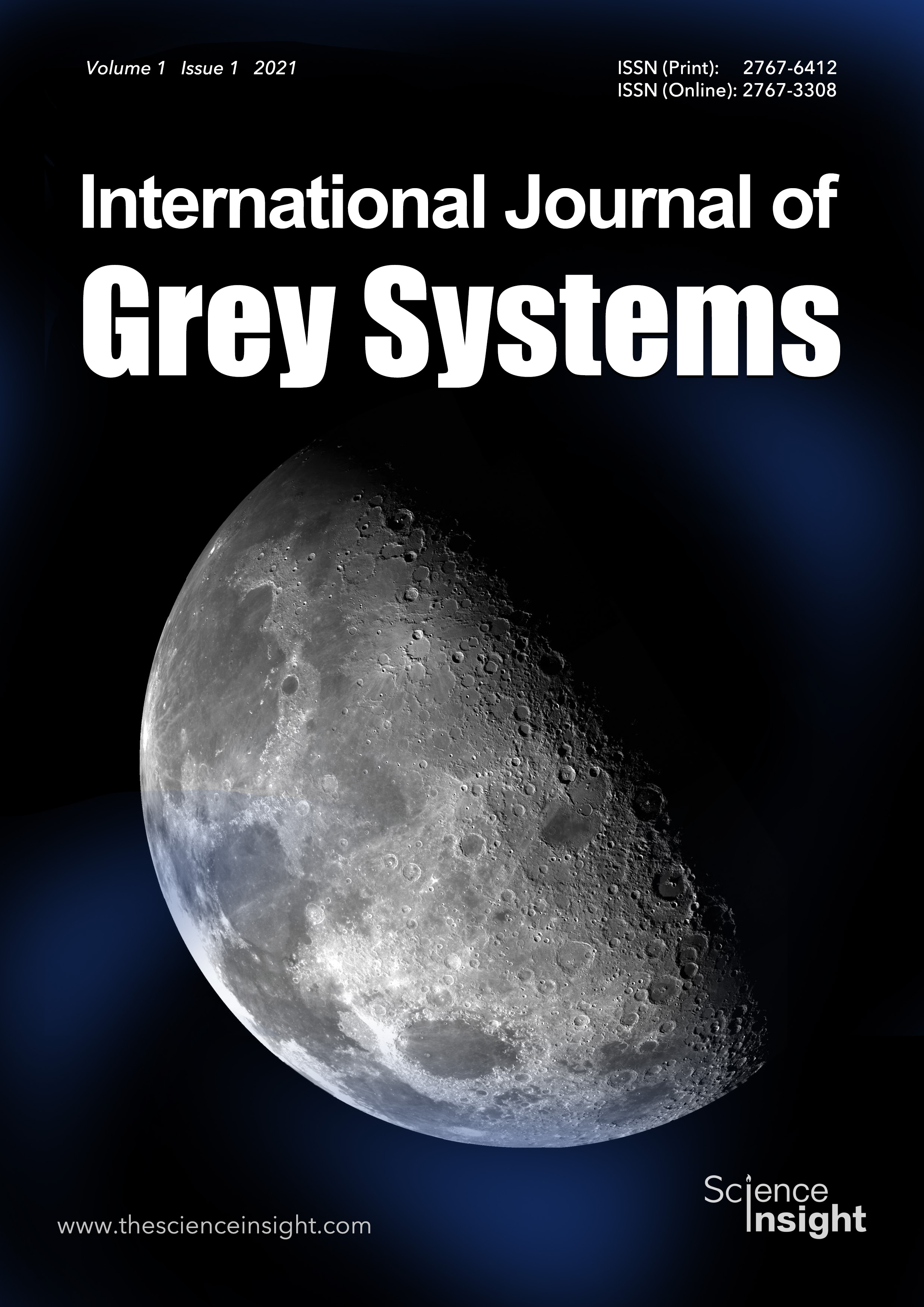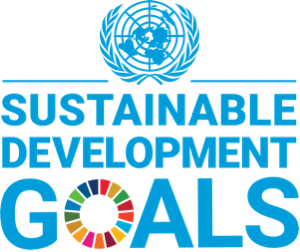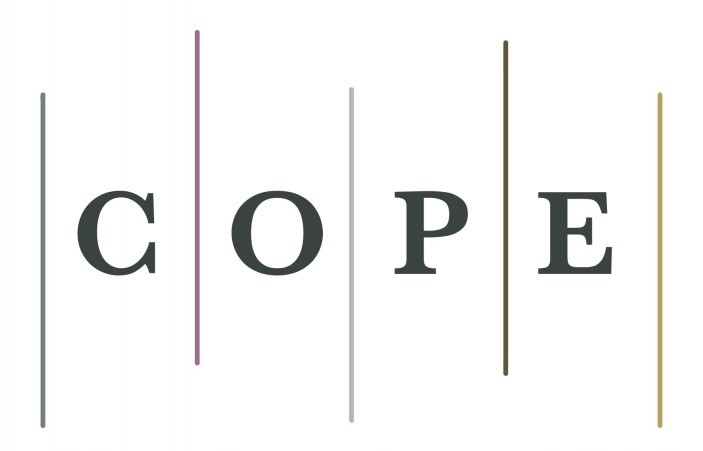Grey Forecasting of Inbound Tourism to Bali and Financial Loses from the COVID-19
DOI:
https://doi.org/10.52812/ijgs.17Keywords:
Bali, COVID-19, Tourism, Grey Forecasting, Financial loss, IndonesiaAbstract
Management and planning in the Indonesian tourism industry is an important matter. It involves responding to changes and uncertain conditions, especially in the tourism industry sector in Bali, Indonesia. Bali is a tourist spot that relies on foreign tourists. When a situation is not conducive, such as the COVID-19 outbreak that befell unexpectedly, proper management and planning are challenging without accurate forecasts. The current study used the Even Grey Forecasting model EGM (1,1,α,θ) to forecast the number of tourists to Bali, a famous tourist spot in Indonesia, and the approximate financial loss incurred from the pandemic in 2020 is quantified. These objectives are achieved through the data collected from the Bali statistical agency and analyzed through the grey model and some mathematical computations. The results indicated that the pandemic's impact on inbound tourism was severe, and the economy needs some time to recover. The study reported a loss of more than $7.3 billion to Bali due to the COVID-19 outbreak. It is possibly the first study of its kind, and its findings are important for the policy-makers, Tour & Travel service providers, and tourism-related businesses.
References
Abu-Eisheh, S. A., & Mannering, F. L.(2010). Forecasting Automobile Demand for Economies in Transition: A Dynamic Simultaneous-Equation System Approach. Transportation Planning and Technology, 25(4), 311-331. https://doi.org/10.1080/0308106022000019026.
Beirman, D. (2017). Bali tourism and the Mt Agung volcano: Quick dollars or long-term reputation. The Conversation. Available at https://theconversation.com/bali-tourism-and-the-mt-agung-volcano-quick-dollars-or-long-term-reputation-88322
Bhaskara, G. I., & Filimonau, V. (2021). The COVID-19 pandemic and organizational learning for disaster planning and management: A perspective of tourism businesses from a destination prone to consecutive disasters. Journal of Hospitality and Tourism Management, 46, 364-375. https://doi.org/10.1016/j.jhtm.2021.01.011
BI (2021) The Central Bank of Indonesia (Bank Sentral Republik Indonesia) Available at https://www.bi.go.id/id/publikasi/laporan/lpp/Pages/Laporan-Perekonomian-Provinsi-Bali-Februari-2021.aspx
Blackman, D., & Ritchie, B. W. (2009). Tourism Crisis Management and Organizational Learning. Journal of Travel & Tourism Marketing, 23(2-4), 45-57. https://doi.org/10.1300/J073v23n02_04
BPSPB. (2020). Statistics of Bali Province (Badan Pusat Statistik Provinsi Bali). BPS. Available from https://bali.bps.go.id/indicator/16/106/1/banyaknya-wisatawan-mancanegara-bulanan-ke-bali-menurut-pintu-masuk.html
Cioccio, L., & Michael, E. J. (2007). Hazard or disaster: Tourism management for the inevitable in Northeast Victoria. Tourism Management, 28(1), 1-11. https://doi.org/10.1016/j.tourman.2005.07.015
COVID-19 Dashboard by the Center for Systems Science and Engineering (CSSE) at Johns Hopkins University (JHU). Available at https://www.arcgis.com/apps/opsdashboard/index.html#/bda7594740fd40299423467b48e9ecf6
Cui, J., Liu, S. F., Zeng, B., & Xie, N. M. (2013). A novel grey forecasting model and its optimization. Applied Mathematical Modelling, 37(6), 4399-4406. https://doi.org/10.1016/j.apm.2012.09.052
Deng, J. (1982). Control problems of grey systems. Systems & Control Letters, 1 (5), 288-294. https://doi.org/10.1016/S0167-6911(82)80025-X
Esangbedo, M. O., Bai, S., Mirjalili, S., & Wang, Z. (2021). Evaluation of human resource information systems using grey ordinal pairwise comparison MCDM methods. Expert Systems With Applications, 182, 115151. https://doi.org/10.1016/j.eswa.2021.115151
Filimonau, V., & De Coteau, D. (2020). Tourism resilience in the context of integrated destination and disaster management (DM2). International Journal of Tourism Research, 22(2), 202-222. https://doi.org/10.1002/jtr.2329
Ghaderi, Z., Mat Som, A. P., & Henderson, J. C. (2015). When disaster strikes: The Thai floods of 2011 and tourism industry response and resilience. Asia Pacific Journal of Tourism Research, 20(4), 399-415. https://doi.org/10.1080/10941665.2014.889726
Hall, C. M., & Prayag, G. (2020). Tourism and earthquakes - aspects of tourism. Bristol: Channel View Publications. https://doi.org/10.21832/HALL7864
Hall, C. M., Malinen, S., Vosslamber, R., & Wordsworth, R. (Eds.). (2016). Business and post-disaster management: Business, organizational and consumer resilience and the Christchurch earthquakes. Routledge. https://doi.org/10.4324/9781315640211
Haryanto, T. (2020). COVID-19 pandemic and international tourism demand. Journal of Developing Economies, 5(1), 1-5.
Hitchcock, M., & Putra, N. D. (2005). The Bali bombings: Tourism crisis management and conflict avoidance. Current Issues in Tourism, 8(1), 62–76.
Irfan, M., Ikram, M., Ahmad, M., Wu, H., & Hao, Y. (2021). Does temperature matter for COVID-19 transmissibility? Evidence across Pakistani provinces. Environmental Science and Pollution Research. https://doi.org/10.1007/s11356-021-14875-6
Javed, S. A., Ikram, M., Tao, L., & Liu, S. (2020b). Forecasting key indicators of China's inbound and outbound tourism: optimistic–pessimistic method. Grey Systems: Theory and Application. https://doi.org/10.1108/GS-12-2019-0064
Javed, S. A., Zhu, B., & Liu S. (2020a). Forecast of Biofuel Production and Consumption in Top CO2 Emitting Countries using a novel grey model. Journal of Cleaner Production, 276, 123977. DOI:10.1016/j.jclepro.2020.123997
Jiang, Y., & Ritchie, B. W. (2017). Disaster collaboration in tourism: Motives, impediments and success factors. Journal of Hospitality and Tourism Management, 31, 70-82. https://doi.org/10.1016/j.jhtm.2016.09.004
Kemenparekraf (2020). Ministry of Tourism and Creative Economy. Available at https://chse.kemenparekraf.go.id
Lin, Y. H., Lee, P. C., & Chang, T. P. (2009). Adaptive and high-precision grey forecasting model. Expert Systems with Applications, 36(6), 9658-9662. https://doi.org/10.1016/j.eswa.2008.12.009
Linnenluecke, M. K., Griffiths, A., & Winn, M. (2012). Extreme weather events and the critical importance of anticipatory adaptation and organizational resilience in responding to impacts. Business Strategy and the Environment, 21, 17–32. https://doi.org/10.5465/AMBPP.2012.14790
Liu, S., & Lin, Y. (2006). Grey information: theory and practical applications. Springer Science & Business Media.
Mahmoudi, A., Javed, S. A., & Mardani, A. (2021). Gresilient Supplier Selection through Fuzzy Ordinal Priority Approach: Decision-making in Post-COVID era. Operations Management Research. https://doi.org/10.1007/s12063-021-00178-z
Putra, I. N. D. (2008). Bali in Political Power [Bali dalam kuasa politik]. Available at https://www.academia.edu/27071381/Bali_dalam_Kuasa_Politik
Seraphin, H. (2019). Natural disaster and destination management: The case of the Caribbean and hurricane Irma. Current Issues in Tourism, 22 (1), 21-28. https://doi.org/10.1080/13683500.2017.1422483
Silvita A. (2019). 15 Best Islands in the World 2019, Bali What is the Rank? [15 Pulau Terbaik di Dunia 2019, Bali Peringkat Berapa?]. Kompas. https://travel.kompas.com/read/2019/07/11/080300727/15-pulau-terbaik-di-dunia-2019-bali-peringkat-berapa-
UNWTO. (2021). The World Tourism Organization. Available from https://www.unwto.org/global-and-regional-tourism-performance.
Wang, K., Yang, H., & Zhang, A. (2020). Seaport adaptation to climate change-related disasters: terminal operator market structure and inter-and intra-port coopetition. Spatial Economic Analysis, 15(3), 311-335. https://doi.org/10.1080/17421772.2019.1708443.
Yamashita, S. (2012). Gema Perdamaian: Tourism, religion, and peace in multicultural Bali. Jurnal Kajian Bali, 2(2), 165-181. Available at https://core.ac.uk/display/89142972
.

Downloads
Published
How to Cite
Issue
Section
License
Copyright (c) 2021 Science Insight

This work is licensed under a Creative Commons Attribution-NonCommercial 4.0 International License.
Creative Commons Non Commercial CC BY-NC: The work is distributed under the terms of the Creative Commons Attribution-NonCommercial 4.0 License which permits non-commercial use, reproduction and distribution of the work without further permission provided the original work is properly attributed.








